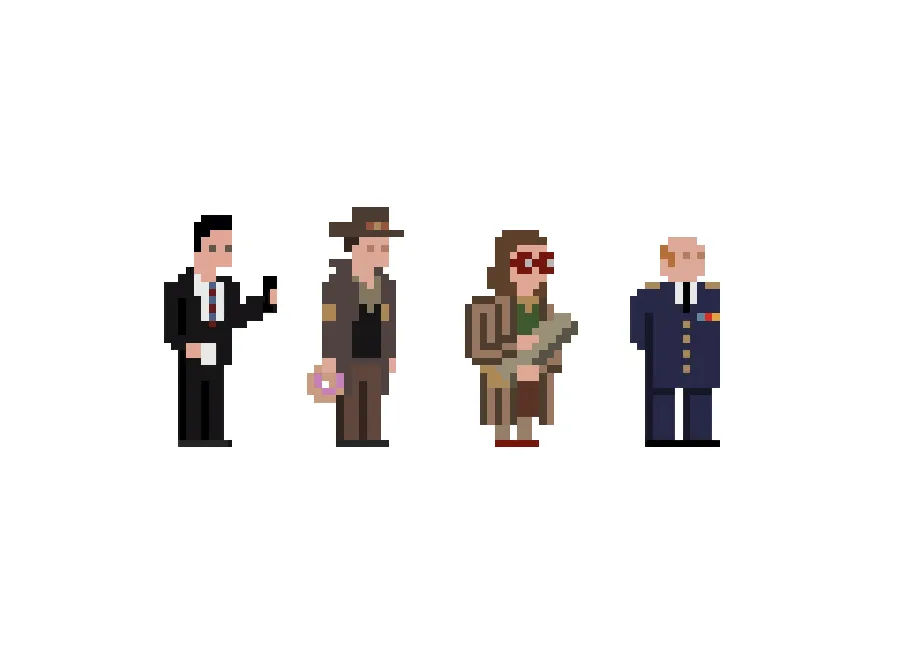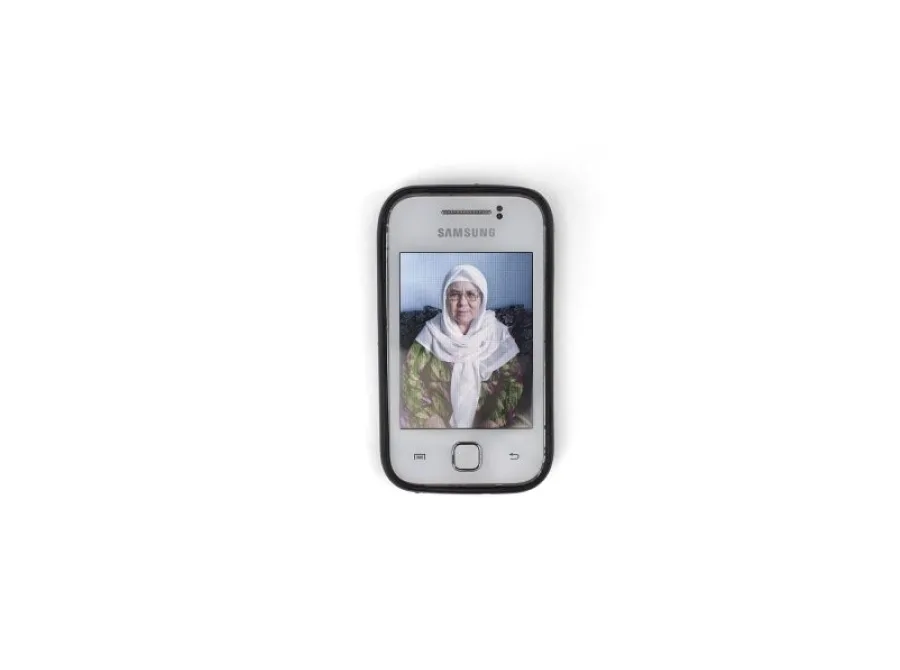
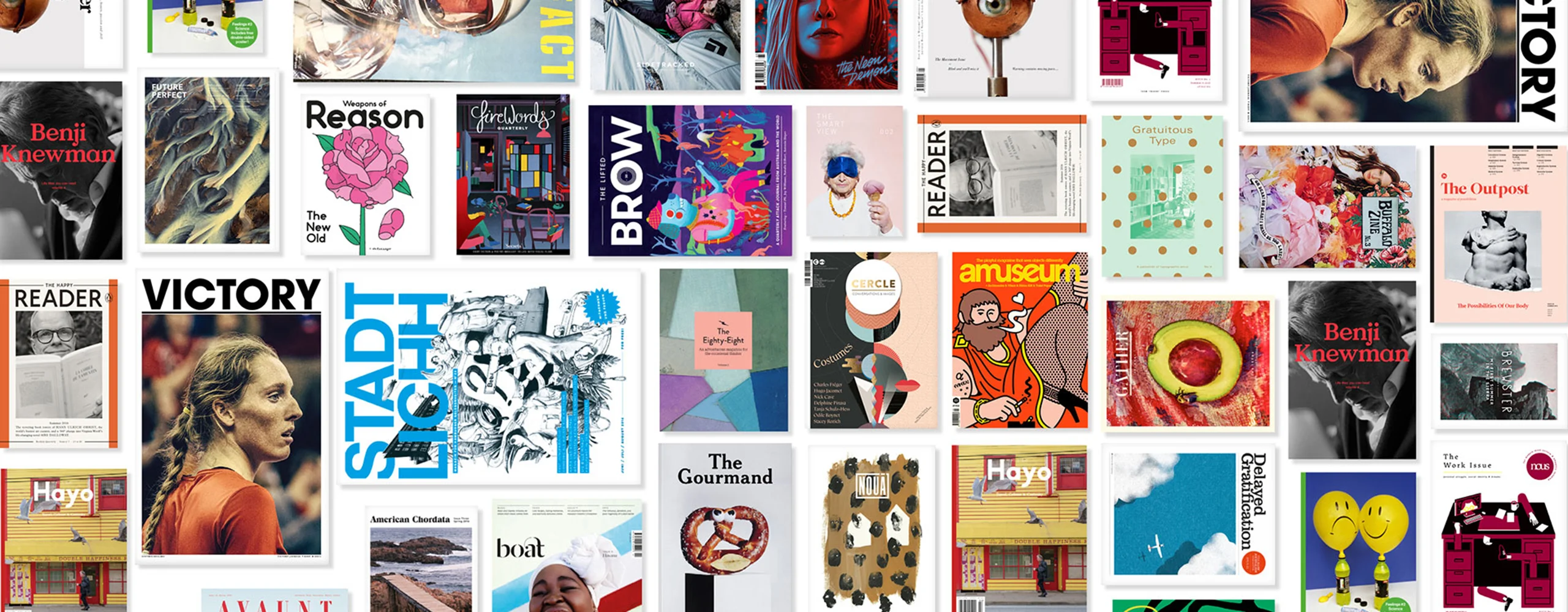
Independent magazines have had a huge few years, but Rob Alderson started to find the scene getting stale. Then, in 2016, things changed.
This piece is part of our 2016 Review of the Year where we looked at a few key trends shaping the creative world.
At the beginning of 2016, I wrote a piece for the magCulture website about what he hoped to see less of in the independent publishing world this year
The reality is that I was falling out of love with the indie mag scene after five years spent immersed in that world, as a writer, editor and magazine columnist. I had become jaded and bored by what seemed like a predictable, formulaic and rather self-satisfied world, where style seemed to be outgunning substance.
Halfway through the year I paused my magCulture column, partly because of the demands of my new job here and partly because I felt like a hypocrite. If this was, as I feared, the dying embers of my relationship with indie mags then it was better to go quietly rather than lobbing out un-asked for critiques.
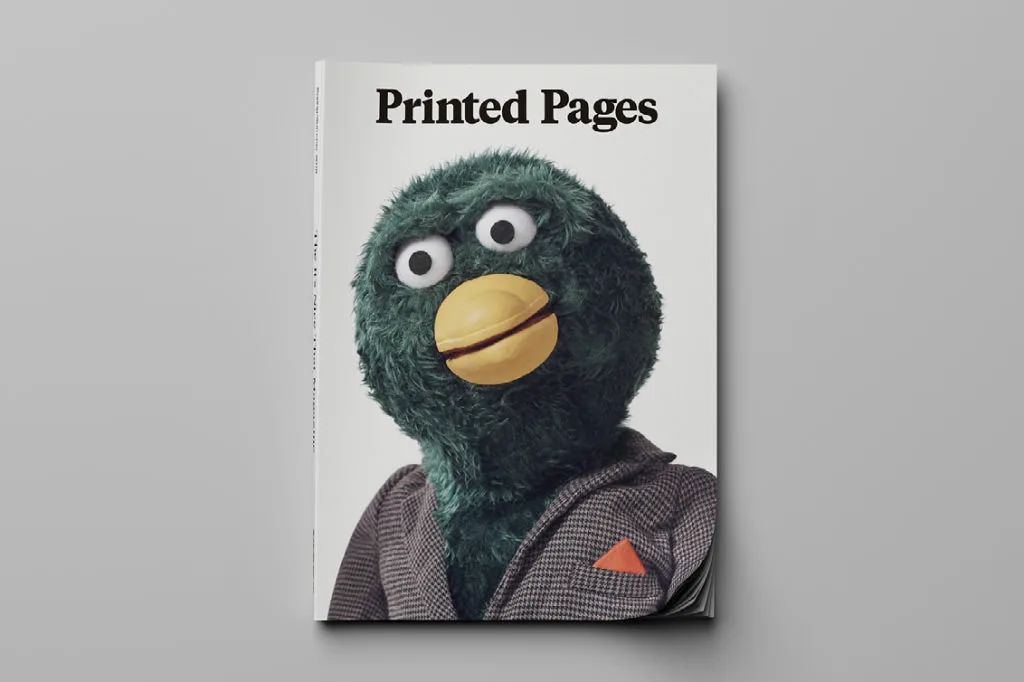
But it turns out, in the fullness of break-up cliché, it wasn’t you. It was me. And as 2016 wound on, I rediscovered my passion for printed publications. It happened thanks to dazzling new launches and established titles delightfully wrong footing me. It happened thanks to Here and The Modern Magazine conference (both of which WeTransfer sponsored) where I got a chance to listen to magazine-makers of every stripe. It happened while judging the Stack Awards, where the sheer breadth of titles which made the shortlist was genuinely spine tingling.
In a room at the very top of London’s Ace Hotel, hundreds of magazines shortlisted for the awards were laid out on tables, and I spent a joyful couple of hours bouncing from one selection to the next, like a sugar-highed toddler careening round a candy store. What they looked like, where they came from, why they existed – it was uplifting.
And so I’m back, with the resolve to make sure that in 2017 I break out of my indie mag comfort zone and push myself to read things I don’t know, with voices I don’t hear very often. Because it is out there. It wasn’t the indie mag scene which had become predictable. It was me.
I also asked some people well-versed in the magazine world to give me their reflections and highlights from 2016…
Jeremy Leslie, Founder magCulture
What has struck you most about the indie mag scene this year?
My biggest anxiety about opening the magCulture shop was that the retail scene might be the ugly part of the industry. It’s not. It’s been a fantastic experience meeting magazine makers at the raw end of the industry, beyond beauty and creativity at the rock face of selling. And watching customers doing the same as they browse and discover.
Every part of the scene is friendly and optimistic, which is a much-needed finger raised at so much of what’s going on elsewhere right now.

What would you like to see more of in 2017?
We’ve seen a significant rise in feminist titles and I hope that trend will develop into more down-and-dirty simple formats and ideas to spread progressive political thought cheaply, accessibly and cleverly.
Which one title have you been most impressed with this year and why?
MacGuffin. It started well last year and just gets better and better. It takes a tired old subject full of clichés – design – and infuses it with an infectious enthusiasm. The page design and content are perfectly matched to the job of being intelligent and fun and speaks to people whether they are design literate or not. You could say it explains design to non-designers. A rare achievement.
Gemma Fletcher, Art Director and Creative Review Columnist
What has struck you most about the indie mag scene this year?
It’s been a great year for photography in indie mags. Whether it’s Mushpit’s subversive and playful fashion stories, Sixteen Journal’s celebration of a new era of black and white photography, MacGuffin’s unique ability to share wonderfully bizarre photo essays, Ordinary’s singular obsession with one object visualised in multiple ways or the genuine collective enthusiasm around every new cover image from The Gourmand, photography is currently king and it’s an exciting time for photographers, commissioners and readers.
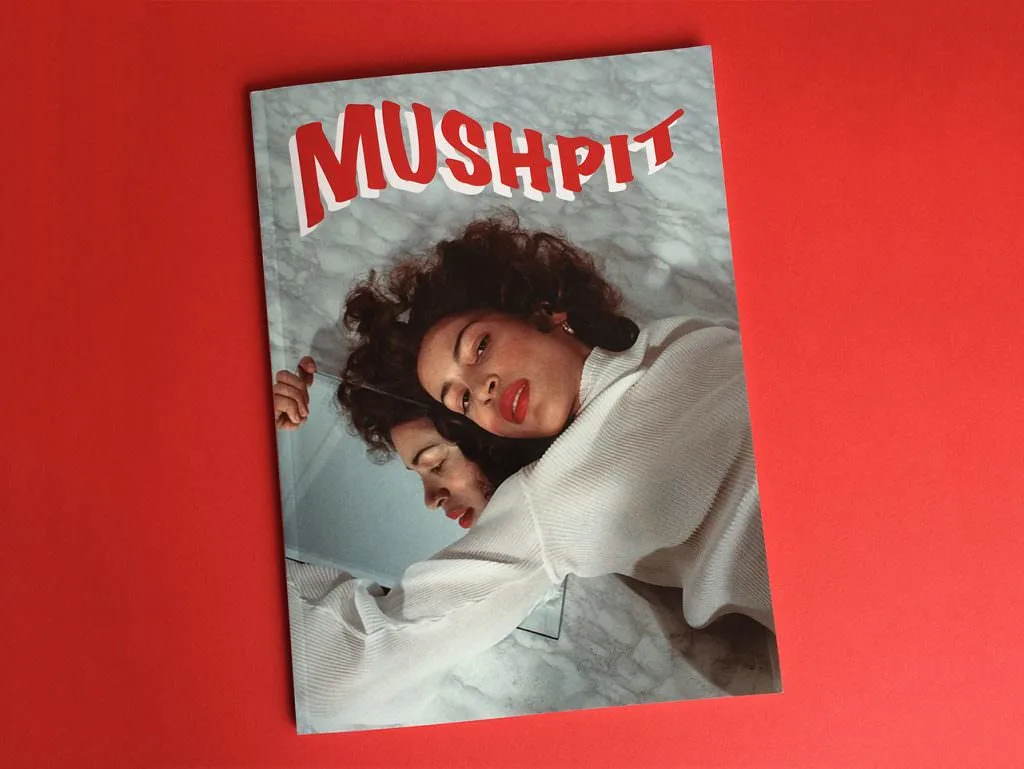
This year we have seen picture editors start to get the long overdue credit for the important role they play. Previously overshadowed by the design and art direction, we are now seeing both the role and individuals, get more visibility.
It’s been a year of creative and thoughtful commissioning from relatively new titles to the established and familiar. We have seen mags transform the printed page to create a platform for artists and photographers that goes beyond illustrating a story. In the latest issue of Port, Emma Bowkett commissioned Juno Calypso to create a new body of fine art work exclusively for the title, blurring the lines between art and commerce and allowing Juno’s work to reach an entirely new audience.
What would you like to see more of in 2017?
Diversity. 2016 has seen the launch and continued success of some exciting new titles which bring greater diversity to the indie mag scene. Mushpit, Ladybeard and Sabat all brought new distinct female voices into the scene. Nii Journal, Odd One Out, Brown Book and The Outpost are all doing great work and I would love to see more new titles in the same vein as well as existing mags include more diverse voices and perspectives.
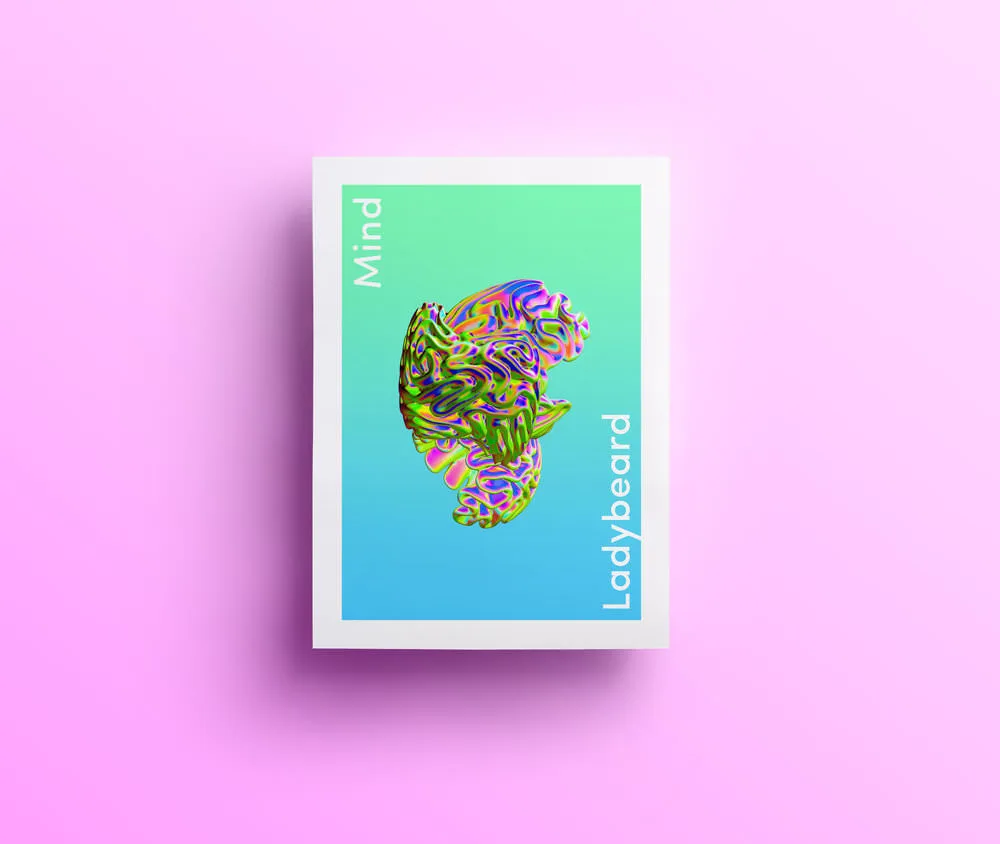
Which one title have you been most impressed with this year and why?
Despite being a visual first person, I’ve been obsessed with The Happy Reader. Each issue has me utterly engrossed in their unique blend of fact and fiction.
It’s intelligent, thought-provoking, personal and playful without taking itself too seriously. It’s a simple concept, perfectly executed every time.
Jaap Biemans, Coverjunkie
What has struck you most about the indie mag scene this year?
That magazines in general are back in business. We finally see that paper is adding so much value to a brand, event or culture. It’s not about rating this in money (like it was before) but rating it in awareness, exposure, feel, emotion. And indie mags are taking charge. It’s their time.
What would you like to see more of in 2017?
Co-operation between all indie mags – meet-up, reflect, make indie unbeatable. Also I’d love to see more stunning designs – often too much is designed in that “regular” indie template. Break out of that!
Which one title have you been most impressed with this year and why?
Ordinary. It delivers me fresh air, it’s a totally new approach with stunning art direction. And they’re making this mag quickly – I love a fast pace. The covers are unreal; they always seem to come up with something extraordinary.

Marc Robbemond, Athenaeum Nieuwscentrum
What has struck you most about the indie mag scene this year?
New independent titles with a cheaper production like SOFA, Vanguards, Season, Rough Trade. They use cheaper paper and are stapled. Although the content is very distinctive, you consume them like a more commercial magazine.
What would you like to see more of in 2017?
More innovative titles like SOFA that question the independent magazine as a medium and object, now that so many indie magazines are so well-designed and produced, what is the next step? And I hope there will be a wave of independent magazines about science and space.
Which one title have you been most impressed with this year and why?
I’m very impressed with the first issue of Migrant. The design is outstanding, the way they use gold ink and typography is fantastic. It makes me think of a chic National Geographic about migration. Also the fact that they will publish six issues I find focused and framed.

Steve Watson, Stack Magazines
What has struck you most about the indie mag scene this year?
It has spread geographically – I was really interested to see Nelson Ng again this year, who spoke about the growth of independent publishing across China and connected it to the spread of mobile devices.
He said that these days people in China do everything on their phones, and that has opened up a new space for print magazine makers who wouldn’t be able to get a licence to publish, but who are able to circumvent those restrictions by selling direct to customers.
But then independent publishing has also spread culturally. People like James Brown who founded Loaded and Steve Bealewho I knew from FHM and Arena back in the day are creating indie magazines. These are not your typical independent magazine people, but they are discovering the potential in a new way of doing things.
What would you like to see more of in 2017?
I’ve been really interested to see the magazines that are moving to cheaper materials but keeping their quality high. It’s been good to see a new wave of people using these materials to make magazines that might stand a better chance of being profitable. SOFA was a very direct attempt to do that – I really liked their willingness to do something different with the design.
And I’m a massive fan of Real Review. The idea of adding an extra fold to the magazine is so simple and it fits beautifully with the idea of an architecture magazine that wants to investigate the structure of things. They also do really well to not overplay it – the fold is just there, and it’s not the focus of attention. It also helps that the writing is absolutely top quality.
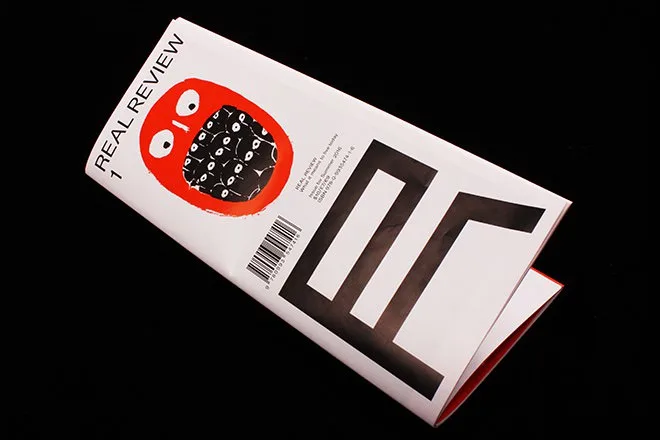
Which one title have you been most impressed with this year and why?
The two commended titles from our Magazine of the Year are representative of two different types of magazines that have really impressed me. Ladybeard has come along and brought this fresh, exciting voice that I’ve really enjoyed, while The Gentlewoman is just a six-monthly metronome of incredible quality print – everything they do is exceptional.
Then you’ve got a magazine like Ordinary, which I was sad to see miss out on the awards this year because I think what they’re doing is so much fun and so inventive.
But with a gun to my head, I’d say the magazine that has impressed me most is Real Review because I’d love to think it could signal a way for more publishers to experiment with producing a more affordable magazine that is full of incredibly high quality content.


